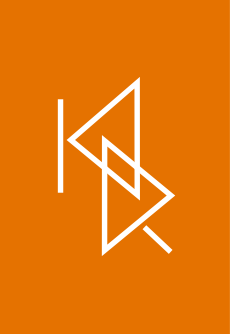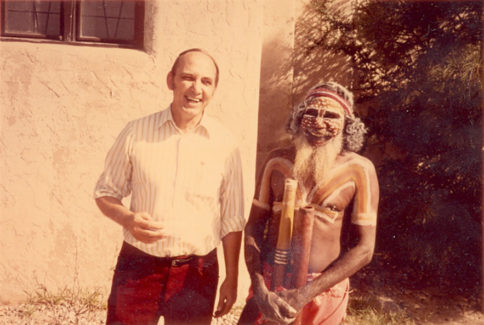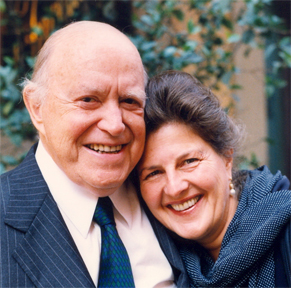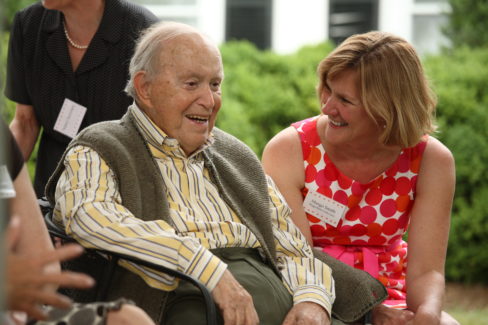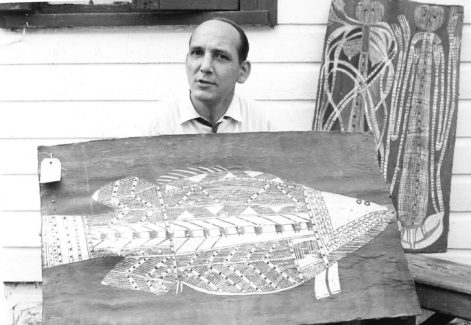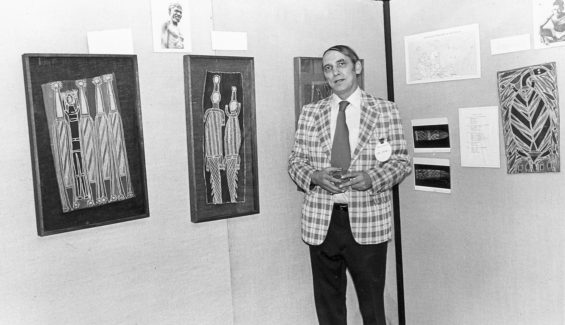History of the Kluge-Ruhe Collection
The Kluge-Ruhe Collection receives its namesake from the two American men who collected the majority of the artwork.
Who was John W. Kluge?
John W. Kluge (1914-2010) emigrated from Germany in 1922. He attended Columbia University and built a successful media company. Kluge experienced a powerful visual attraction to Aboriginal art in 1988 when he attended the exhibition, Dreamings: The Art of Aboriginal Australia, at the Asia Society Galleries in New York City. Beginning in 1989, he visited Australia on several occasions, hired curatorial advisors and commissioned or collected more than 600 artworks.
Who was Edward L. Ruhe?
In 1993, Kluge seized the opportunity to acquire the collection of the late Edward Ruhe (1923-1989). Ruhe was a Professor of English at the University of Kansas who began collecting Aboriginal art in 1965 while in Australia as a Fulbright Visiting Professor. He built a collection of the highest quality by purchasing artworks directly from artists, community art centers and early Aboriginal art dealers. Ruhe was the first person to exhibit a privately owned collection of Aboriginal art in the United States, which toured more than twenty venues between 1966 and 1977. An unrelenting scholar, he wrote several catalogues and articles, corresponded regularly with leaders in the field for 25 years and built a library that included many rare volumes. These materials comprise the core of the Kluge-Ruhe Library and Archive.
Where can I learn more about Kluge and Ruhe?
Read Director Margo Smith’s article about Kluge and Ruhe in our Collaborative Archive.
Why is the collection at UVA?
After acquiring Ruhe’s collection, Kluge continued to collect and commission Aboriginal art, and ultimately decided his world-class collection would be best used at a university where it would be available for scholarly research and study. He donated his collection to the University of Virginia in 1997 and the museum opened in its current location in 1999.
How has the museum expanded since it opened?
Since then, the museum has expanded its collection to include more than 300 artworks from across the Australian continent through other donors and museum acquisitions. The museum is committed to ongoing consultation with Indigenous people, and has hosted more than 400 Indigenous artists and scholars over the last twenty years.

